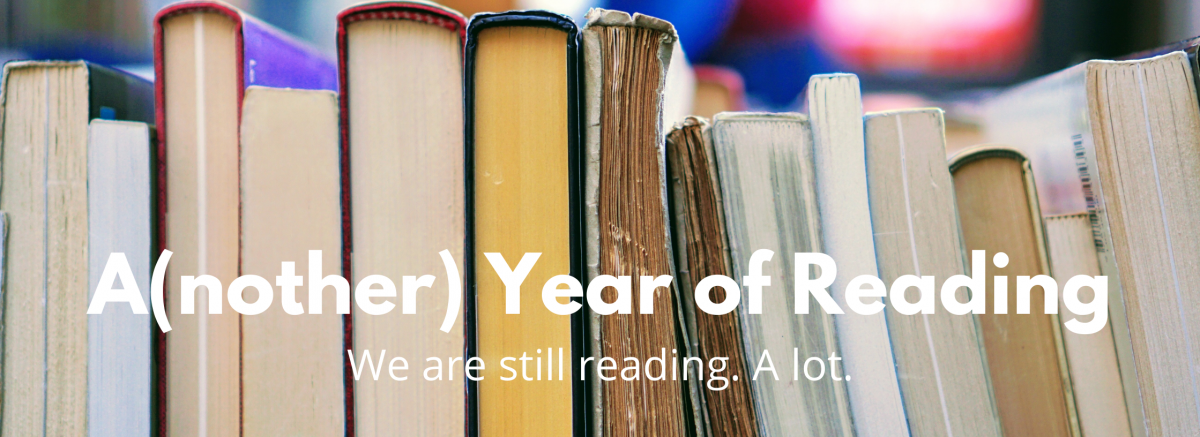My work so far as the Kids Club Reading Specialist has been very peripheral, very fragmented. I’m at each site weekly, and I’ve met with students one-on-one or in small groups every other week…if we’re lucky and their parents don’t pick them up in the middle of a lesson or before we even get started.
I’m not complaining, but I AM looking forward to next week when schools are closed for two days following Martin Luther King, Jr. Day for a Professional Development Day and a Records Day. On Tuesday and Wednesday, 24 students will participate in all-day Kids Club, and I’ll have the opportunity to work with them as a whole group!

Tuesday will be Fairy Tale Day. We’ll start with TELLING STORIES WRONG by Gianni Rodari. This is the story of a grandfather who just can’t seem to tell the story of Little Red Riding Hood the way it’s supposed to be told. Clever readers will be able to figure out why. This book doesn’t rhyme, but it will lead us to others that do.

Next up, I’ll have some of the older students prepped to perform a poem from VERY SHORT FAIRY TALES TO READ TOGETHER by Mary Ann Hobermann. Then I’ll invite pairs of students to practice and perform a poem from one of the You Read To Me, I’ll Read To You books.
Finally, in the upcoming weeks when we’re back to the regular schedule, my read aloud with small groups and individuals will be…

…ENDLESSLY EVER AFTER: PICK YOUR PATH THE COUNTLESS FAIRY TALE ENDINGS by Laurel Snyder. This rhyming picture book is a tour de force of planning. I literally have no idea how she must have plotted this book so that the reader has SO many different paths to follow! And in RHYME, no less! I love that not all of the endings are happy and not all of the paths are long. Plus, Dan Santat’s illustrations are tons of fun! I can’t wait to explore this book with readers of all ages and see what they think. I’m not sure we’ll get much past read aloud in those sessions…and that’s just FINE!
This week’s Poetry Friday Roundup is hosted by Susan at Chicken Spaghetti.
And here’s the lowdown on the Poetry Sisters’ January Challenge: We chose the word TRANSFORMATION to guide our work throughout the year, and for January, we’re writing a CASCADE poem. The Cascade form takes every line from the first stanza of your poem and TRANSFORMS those lines into the final lines of each stanza thereafter. (The link helpfully creates a little form that shows you how easy this might be.) Beyond that, there are no additional rules. Long or short, free verse, sonnet, or sestina, find a way in which you can incorporate the idea (or word) transformation as you write. We’ll post our poems on the last Friday of the month (1/27/23). I hope you’ll join us!










